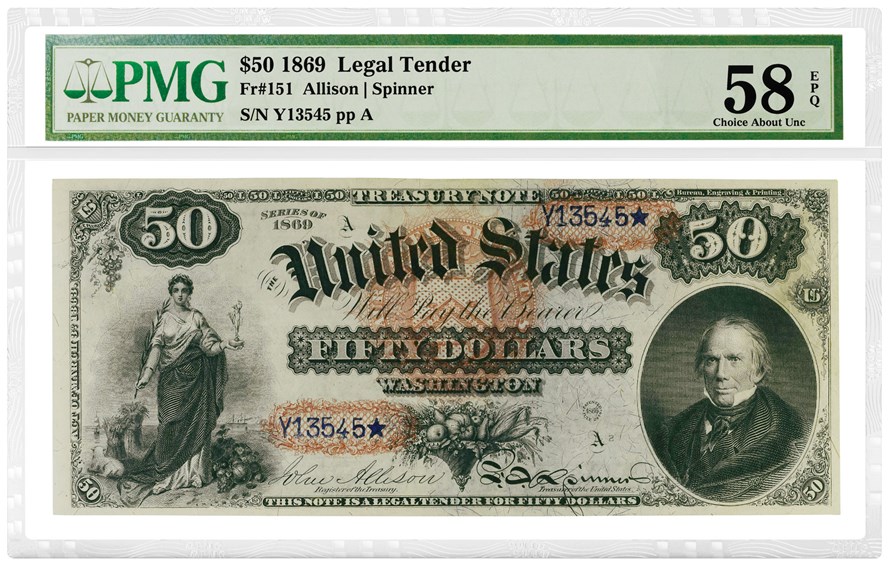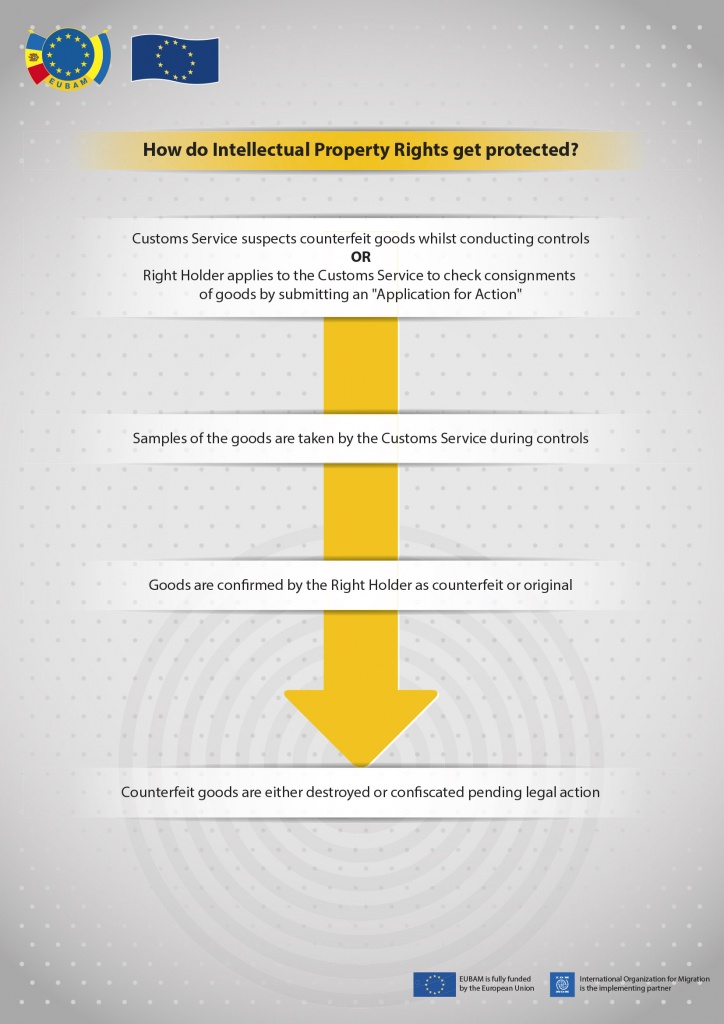Contents:


Ledger AccountsLedger in accounting records and processes a firm’s financial data, taken from journal entries. Double-entry SystemDouble Entry Accounting System is an accounting approach which states that each & every business transaction is recorded in at least 2 accounts, i.e., a Debit & a Credit. Furthermore, the number of transactions entered as the debits must be equivalent to that of the credits.
A large organization with several complex operations may have a general ledger that contains many control accounts, such as accounts receivable, based on various sub-ledgers. Each control account is linked to a summary balance in the general ledger, matching the numerous transactions in each sub-ledger. The examples above are very basic and are standard double-entry accounting transactions. The sale will be recorded as a credit entry but what about the corresponding debit?
Control accounts are most commonly used by large organizations, since their transaction volume is very high. A small organization can typically store all of its transactions in the general ledger, and so does not need a subsidiary ledger that is linked to a control account. ReconciliationReconciliation is the process of comparing account balances to identify any financial inconsistencies, discrepancies, omissions, or even fraud. At the end of any accounting period, reconciliation involves matching balances and ensuring that debits from one account for one transaction is same as the credit to another account for the same transaction. Trade ReceivableTrade receivable is the amount owed to the business or company by its customers.
What is the purpose of control accounts?
Control accounts are typically used in larger organizations that have hundreds or even thousands of transactions. Control accounts are part of double-entry accounting, which states that any debit posted to the general ledger will have a corresponding credit posted to the general ledger as well. The control ledger is the summarized account maintaining the records of individual accounts involved in the ledger, and the same is clarified and re-verified. Following this procedure helps the management create a control on the ledger posting, which safeguards against the possible chances of misrepresentation and fraud. Account Contains Account ReceivableAccounts receivables is the money owed to a business by clients for which the business has given services or delivered a product but has not yet collected payment.
The number line represent the twelve months of the calendar year, whereby for each month, there may be hundreds or thousands of each category of the debtors. In this case there are 1-26 categories based on the alphabetical order of names of debtors starting with “A” to “Z”. During cost estimation, the Project Manager will come up with a figure and will add a contingency reserve which will become the Cost Baseline. On top of the cost baseline, a risk assessment management reserve will be added. So the difference between the cost baseline and the budget is called the risk management reserve, or the unknown risk. Control accounts are summary accounts for the particular type of Ledger (e.g. Receivable, Payable Ledger Control Account).
Kids are smarter than ban-happy Iowa legislators – The Gazette
Kids are smarter than ban-happy Iowa legislators.
Posted: Thu, 13 Apr 2023 11:00:00 GMT [source]
Then Einstein makes entries of every supplier within the payable subsidiary ledger. Later, Einstein documents total purchases within the master ledger by crediting the transaction in the payable control account and debiting the transaction in the purchases account. He also assesses whether the total amount in the control account equates with the amount in the individual supplier account to balance the transaction within the subsidiary ledger. It is not hard to understand the meaning behind each name, you sale your products/services to a debtors and hence the name sales ledger control account and debtors control account.
A quickbooks self employedors control account refers to a ledger account that indicates the sum of the creditors’ transactions within the master ledger. On the other hand, a stock control account depicts the total value of the stock items. A control account integrates and summarizes a particular type of subsidiary account. Einstein utilizes purchases and payable control accounts to record his business transaction.
What Does Control Account Mean?
If every single account was included in the general ledger, it would be very large, unorganized, and difficult to use. That is why control accounts are used to summary data from large numbers of related accounts. General ledger control account, which summarizes and reconciles the activity in all general ledger accounts. When using a control account for accounts receivable, a variety of subsidiary transactions will be included in the control account balance.

The control account will no longer appear in your chart of accounts or selection menus. It creates another custom control account named Motor Vehicles and a third for Furniture. It assigns both to the same subgroup, Plant, equipment, and property. After the lapse of a calendar month, the total of the sales Journal is posted into the Receivable Control Account on the debit side and the same amount is posted on the credit side of the Sales Ledger.
Subsidiary accounts are used to provide support and detailed information on a related account type. If anyone wants to see detailed transactional information for accounts payable or accounts receivable, they can review the detail located in the subsidiary ledger, since it is not located in the general ledger. Control accounts are an important component of double-entry accounting and make up the foundation of the general ledger. They serve as a summary report of the total balances for each subledger, and allow for a streamlined analysis of a company’s balance sheet without all of the clunky details contained in each subledger.
The Leading Site for FREE Online Bookkeeping & Accounting Courses
In addition it is a double check to ensure we have not made an error or any fraud has taken place. Accounts payable control account, which summarizes and reconciles the activity in all accounts payable subsidiary accounts. Provide a way to ensure that the total debits and credits in the subsidiary accounts match the total debits and credits in the control accounts.
Other examples of controlling accounts and their subsidiary ledgers include “accounts payable” and “equipment” . Control accounts are needed to assist in the identification of errors that occur within the subsidiary ledgers. Also, these accounts are required during credit purchases and sales. Transactions are entered daily, monthly, or within a particular duration in the individual creditors’ account. Maintaining the individual entries for every individual account is an ideal accounting practice.
Control account definition
Secondly, then you will make a control account in which you put the summary amount- total sales, total collections, or total payout. Thus, a it helps you to track the overall performance of your business. If you’re still using manual ledgers to record accounting transactions, the best thing you can do is make the switch to accounting software, which includes complete control account management. If you have a very small business, you really don’t need to use a control account.
Sales LedgerA sales ledger is a ledger entry that records any sale in the book of records, even if the payment is received or not yet received. It records the sales and the cash when received and the amount owed to the business. Accounting software will automatically categorize data and create control accounts and subledgers, allowing for simple data segmenting, as well as accurate accounting practices. Examples of tax control accounts are shown in the related topic, Tax Types Overview.
- If every single account was included in the general ledger, it would be very large, unorganized, and difficult to use.
- Trade ReceivableTrade receivable is the amount owed to the business or company by its customers.
- The number line represent the twelve months of the calendar year, whereby for each month, there may be hundreds or thousands of each category of the debtors.
- Transactions are entered daily, monthly, or within a particular duration in the individual creditors’ account.
Because control accounts summarize information in subsidiary ledgers, they should always remain in balance. If at any time the control account and the subsidiary ledger are not in balance, the subsidiary ledger will need to be reconciled to locate and correct the error. A debtors control account utilizes the principle of double-entry because both the debit and credit transactions are recorded.
Why Are These Called “Control Accounts?” And What Are They Used For?
Sums paid by debtors and the sum of credits realized within the business are recorded. A common example of a control account is the general ledger account entitled Accounts Receivable. Suspense AccountSuspense Account is a general ledger account that holds records of temporary transactions that which do not have sufficient evidence for double entry or appropriate vouchers.
When a https://1investing.in/ or sale is on credit, you need to use a control account. A control account will help identify what is outstanding – what is owed to the business and what the business owes . Controls accounts also allow you to record both sides of an accounting transaction . By doing this, you can track the record of every customer; their opening and ending balances as well as how much you owe or have to pay.

This account is settled within the accounting period and does not appear anywhere in the financial statements. & debtor ledger control account summarizes the transactions entered with the individual accounts in the ledger. Any discrepancy or error is rectified before posting the same in the main ledger. With the double-entry accounting system, accounts receivable, and accounts payable are the common types of control accounts. A company has numerous customers with outstanding accounts receivable balances. The company maintains separate subsidiary accounts for each customer to record these balances.
The Safest Banks In The World – Nomad Capitalist
The Safest Banks In The World.
Posted: Fri, 14 Apr 2023 05:11:29 GMT [source]
An accounts receivable control account will aid the keeping of such transactions. This is achieved by dividing the individual debtors into groups or categories with identity number so as to differentiate them. Either, a unique number can be used or the alphabet letters, A to Z. Control accounts are updated daily to reflect the activity level in a company’s operations.
















